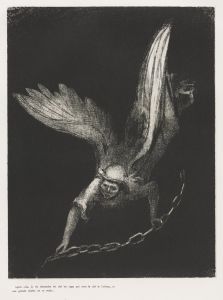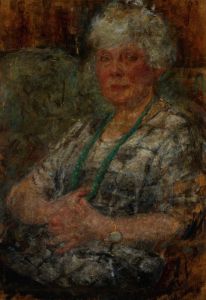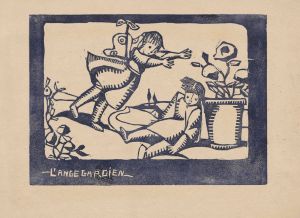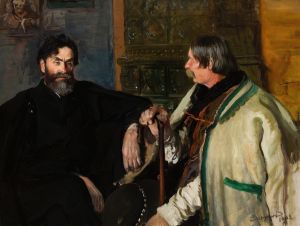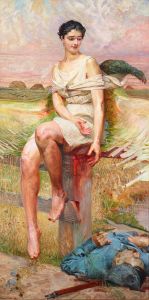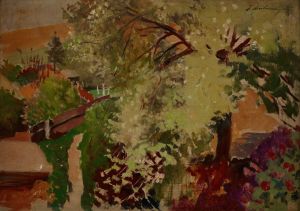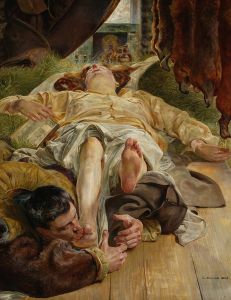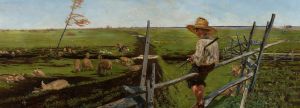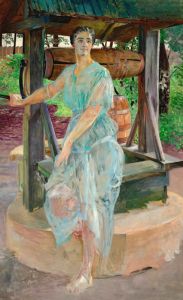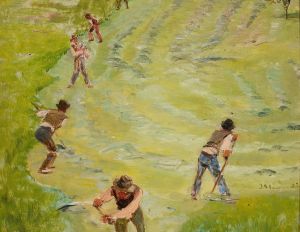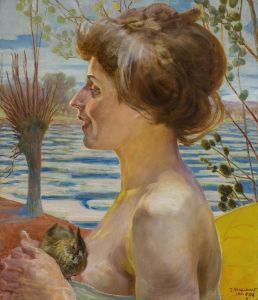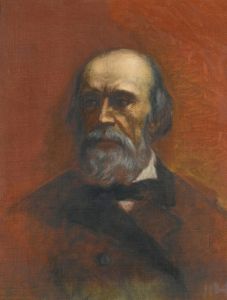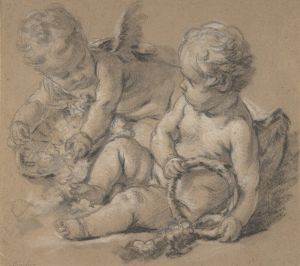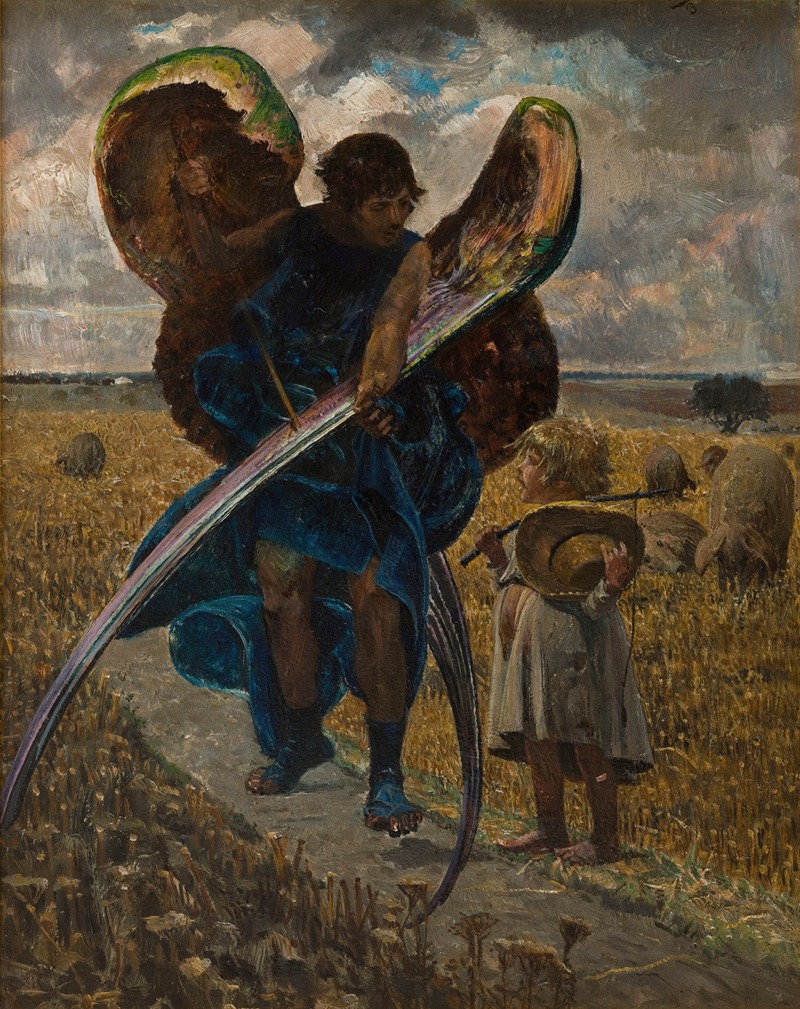
Following the Angel – Triptych
A hand-painted replica of Jacek Malczewski’s masterpiece Following the Angel – Triptych, meticulously crafted by professional artists to capture the true essence of the original. Each piece is created with museum-quality canvas and rare mineral pigments, carefully painted by experienced artists with delicate brushstrokes and rich, layered colors to perfectly recreate the texture of the original artwork. Unlike machine-printed reproductions, this hand-painted version brings the painting to life, infused with the artist’s emotions and skill in every stroke. Whether for personal collection or home decoration, it instantly elevates the artistic atmosphere of any space.
"Following the Angel – Triptych" is a notable work by the Polish painter Jacek Malczewski, who is recognized as one of the most prominent figures in the Symbolist movement in Poland. Born in 1854, Malczewski's career spanned the late 19th and early 20th centuries, a period marked by significant political and cultural changes in Poland. His works often reflect the complex interplay of national identity, mythology, and personal symbolism.
The triptych format, consisting of three panels, is a traditional form in Western art, often used for altarpieces. Malczewski's use of this format in "Following the Angel" suggests a narrative or thematic continuity across the panels, a common feature in his work. While specific details about the content of each panel in this triptych are not widely documented, Malczewski's oeuvre frequently explores themes of existential contemplation, the human condition, and the spiritual journey, often incorporating allegorical figures such as angels.
Malczewski's style is characterized by a vivid use of color and a meticulous attention to detail, which he employs to create dreamlike and often enigmatic compositions. His works are imbued with a sense of mystery and are open to multiple interpretations, a hallmark of Symbolist art. The presence of an angel in the title of the triptych suggests a focus on spiritual or metaphysical themes, possibly reflecting the artist's own philosophical inquiries or the broader cultural context of Poland at the time.
Throughout his career, Malczewski was deeply influenced by the socio-political landscape of Poland, which was partitioned and lacked independence during much of his lifetime. This historical backdrop often informed his work, imbuing it with a sense of national identity and a quest for meaning in a turbulent world. His art frequently incorporates Polish folklore, history, and religious motifs, blending them with personal and universal themes.
"Following the Angel – Triptych" fits within Malczewski's broader body of work, which often features recurring motifs such as angels, self-portraits, and symbolic landscapes. These elements serve to create a dialogue between the earthly and the divine, the personal and the collective. Malczewski's ability to weave these complex themes into his art has earned him a lasting place in the canon of Polish art history.
Today, Jacek Malczewski's works are held in high esteem and can be found in major Polish museums, including the National Museum in Warsaw and the National Museum in Kraków. His contributions to the Symbolist movement and his exploration of Polish identity continue to be subjects of scholarly interest and public admiration.
While specific exhibitions or critical analyses of "Following the Angel – Triptych" may not be extensively documented, the work remains an integral part of Malczewski's artistic legacy, reflecting his unique vision and the cultural milieu of his time.





